Roman Mythology
-
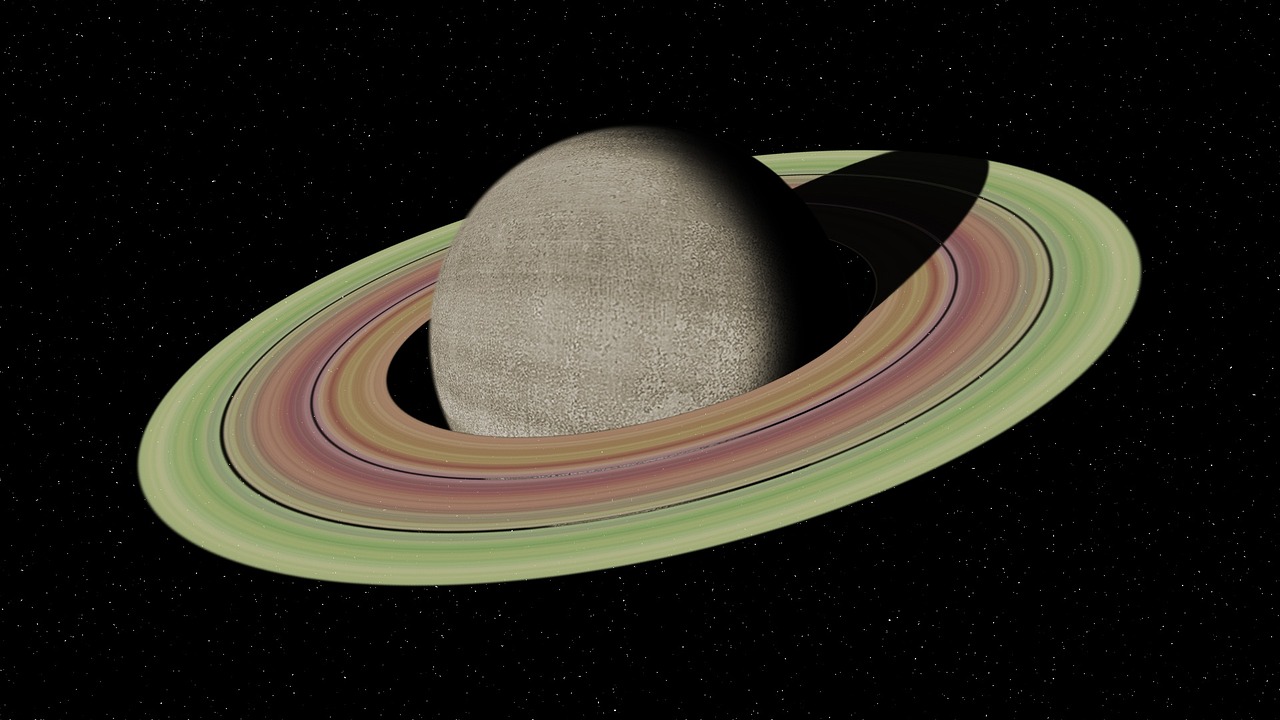
Saturn, known in Roman mythology as Saturnus, bears similarities to his Greek counterpart, Cronus. Often illustrated in art with a scythe in hand, he is recognized primarily as a deity of agriculture, particularly in relation to seed corn. The Saturnalia festival, a major event in the Roman calendar named in his honor, underscored his significance,…
-

Experiences Worth Exploring in the Province of Rome Immerse yourself in exciting activities chosen by fellow travelers based on ratings and reservations. These experiences provide an opportunity to intimately engage with what the Province of Rome has to offer. Noteworthy Destinations in the Province of Rome The following attractions are compiled from Tripadvisor insights, evaluating…
-
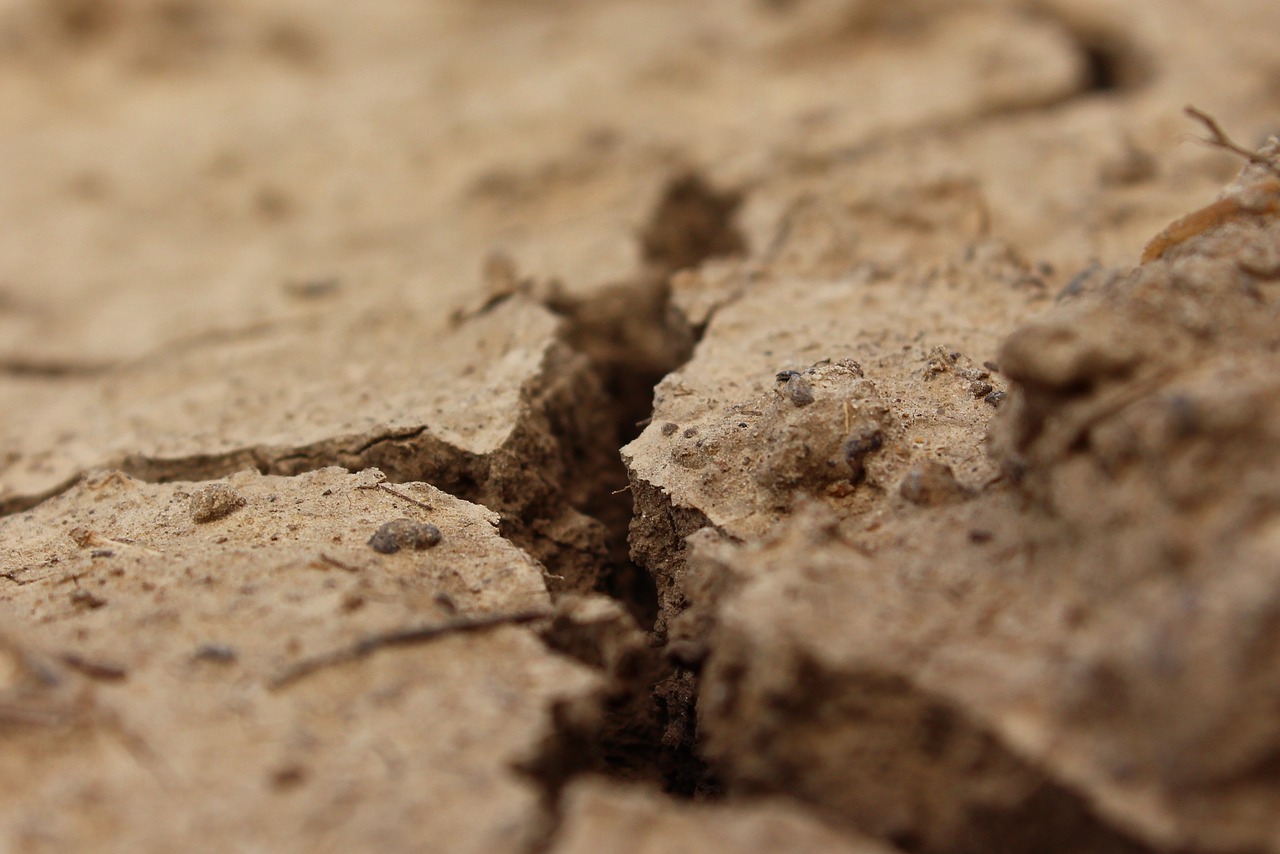
Discordia: The Goddess of Strife Introduction Discordia, or Eris as she is known in Greek mythology, represents the Roman goddess embodying discord and strife. She epitomizes chaos and conflict, symbolizing the disruptive nature of human interactions. Often depicted as a catalyst for unrest, Discordia signifies the ancient Roman acknowledgment of conflict’s inevitability and its deep-rooted…
-
Understanding Bellona: The Roman Goddess of War Before the establishment of Christianity as the leading faith in the Roman Empire during the mid-4th century, Roman society was marked by polytheism, where a multitude of gods were venerated, accompanied by various festivals and sacrificial rites held throughout the year. This belief system prioritized the veneration of…
-
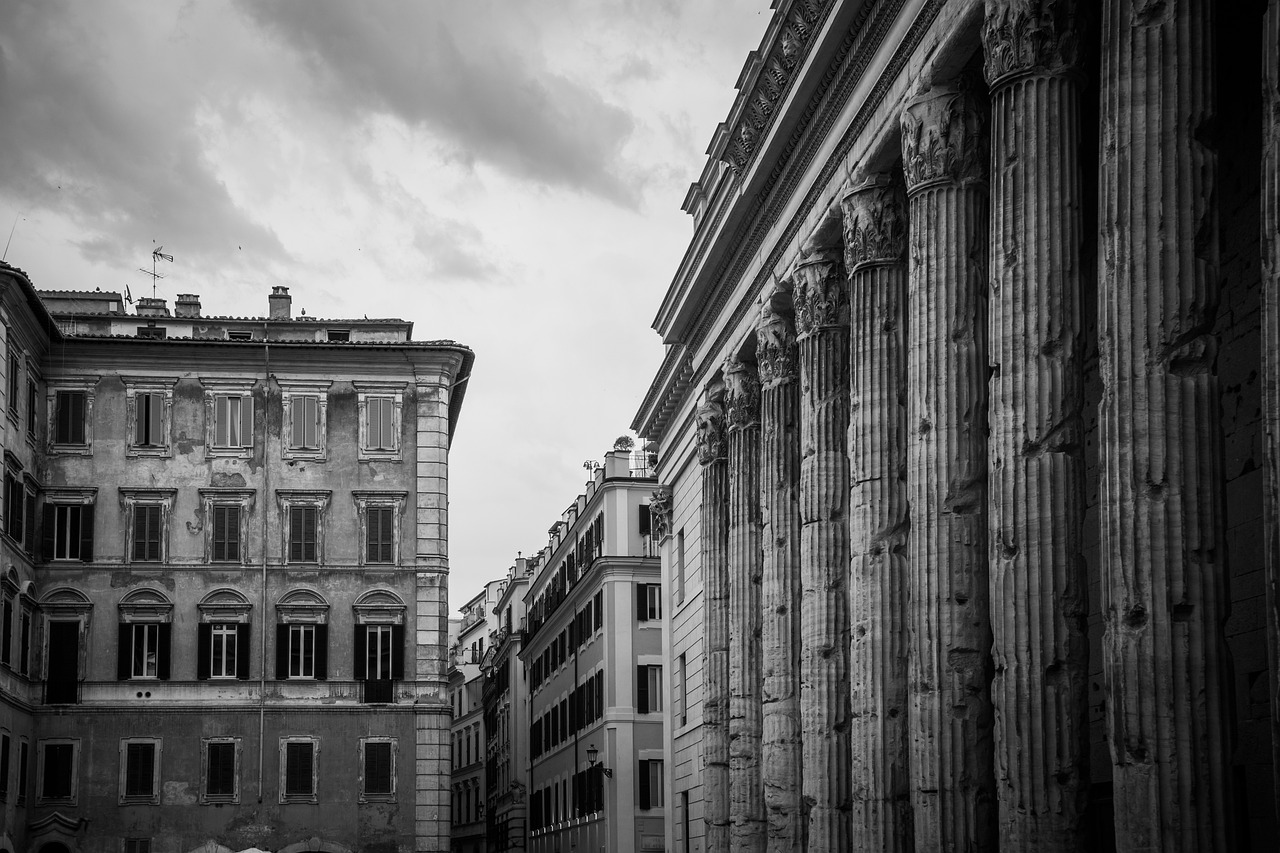
The Roman Temple of Évora stands out as one of the most significant and well-preserved relics from ancient Rome in the Iberian Peninsula. This remarkable structure earned its UNESCO World Heritage status in 1986 and serves as a prestigious emblem of the city, representing its rich Roman heritage. Visiting this temple, commonly misidentified as the…
-

In Roman mythology, Vesta is revered as the goddess of the hearth, paralleling the Greek deity Hestia. Given the early Roman community’s struggle for a reliable source of fire, the perpetual hearth flame acquired immense significance, both in domestic and civic life. From ancient times, Vesta held a vital position in worship, celebrated within households…
-

Introduction Throughout history, various states such as Byzantium, the Holy Roman Empire, and Russia have been likened to the Roman Empire, often considered its successors. In the modern context, the United States stands out as the sole contemporary parallel. The Roman Empire operated as a global superpower against the Parthians, while the U.S. faces its…
-

The central theme of STARZ’s American Gods revolves around the clash between the Old Gods, whose influence wanes as their followers diminish, and the ascendant New Gods that embody contemporary values and technology. One intriguing representation of this conflict is Vulcan, the Roman god traditionally associated with fire and metalworking, who cleverly evolves in response…
-
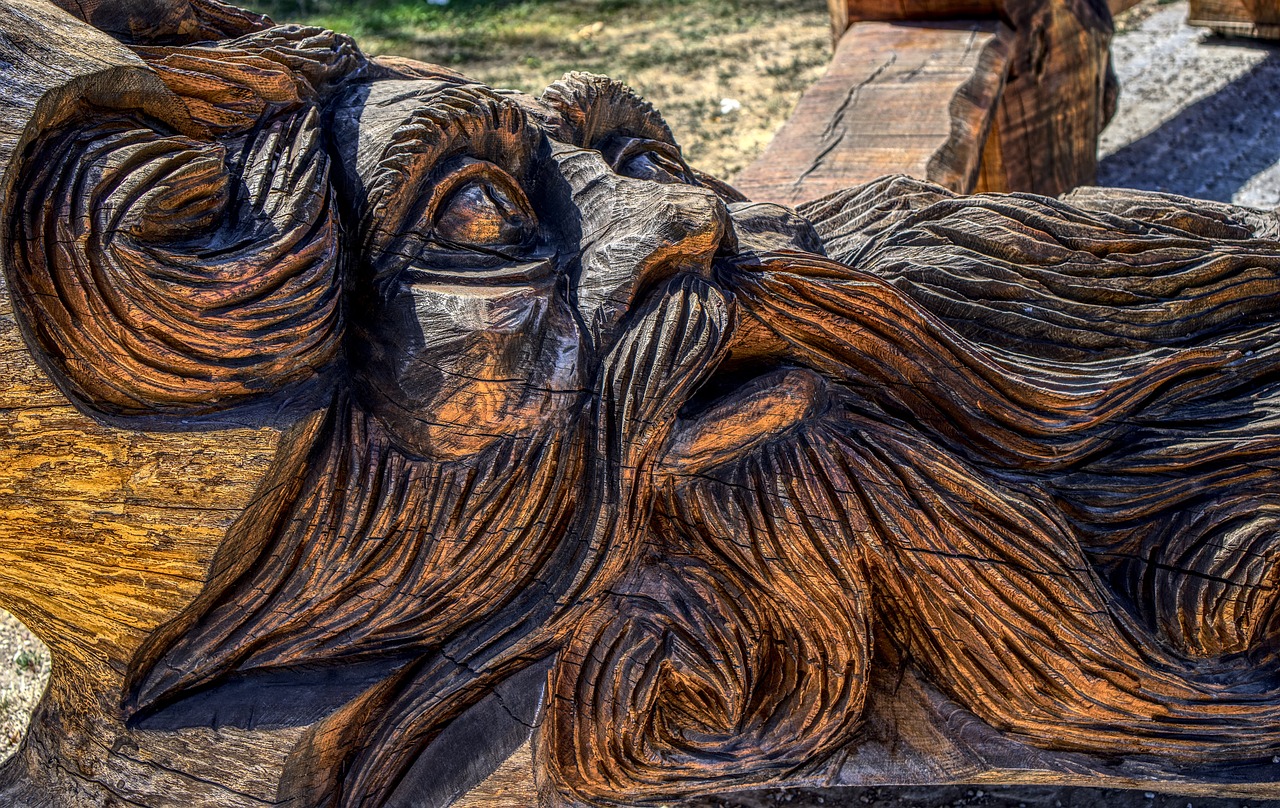
Neptune, a prominent figure in Roman mythology, was revered as the deity of the sea, freshwater, earthquakes, and horses. He parallels the Greek god Poseidon and played a vital part in the religious practices of the Roman populace. Often illustrated as an older man with a beard, Neptune is typically seen wielding a trident, his…
-
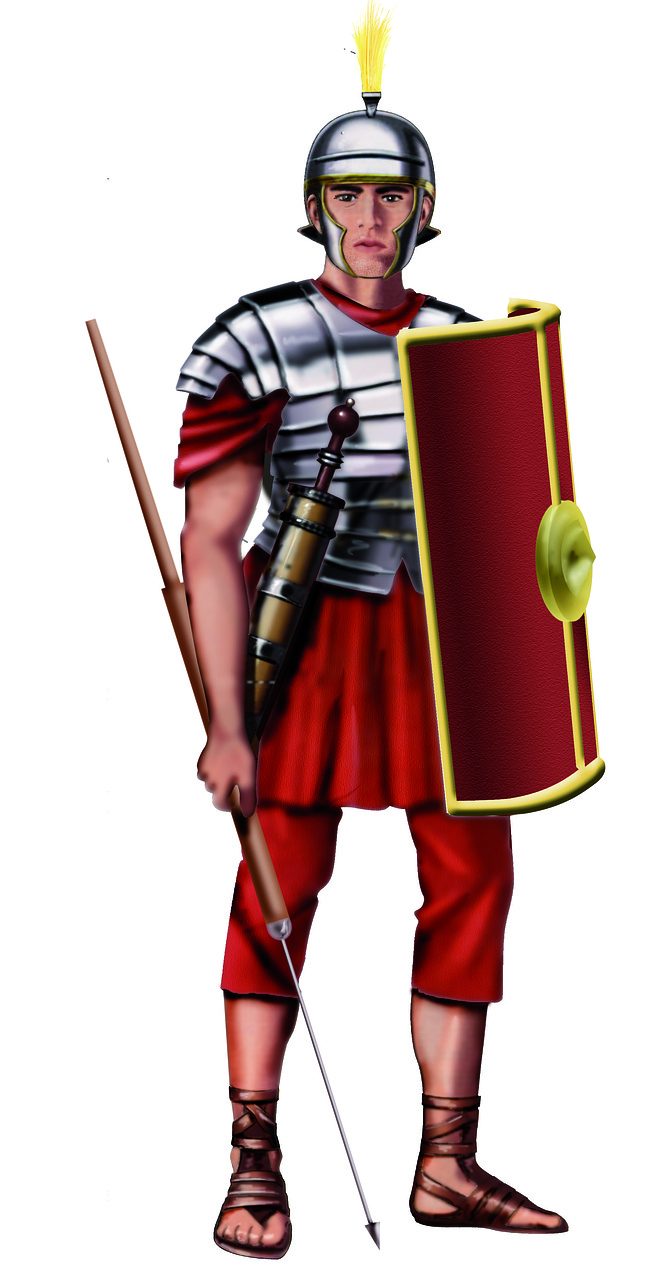
Faunus, regarded as the Roman deity of nature, has fascinating origins in ancient lore. Initially, he served as the king of Latium, a region situated in the heart of Italy, where the city of Rome later emerged. Under his reign, Faunus was celebrated as a skilled hunter, a proficient farmer, and a distinguished cattle breeder.…


